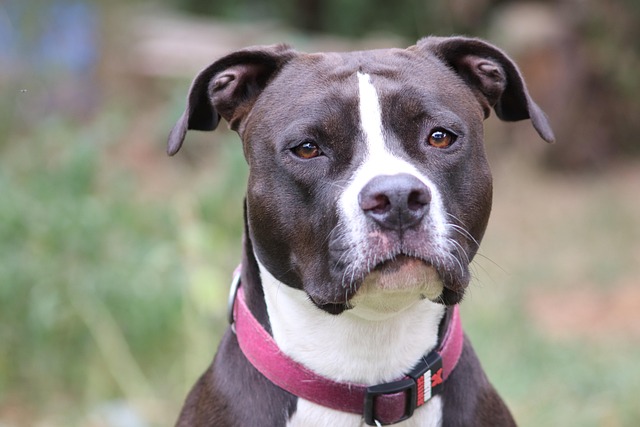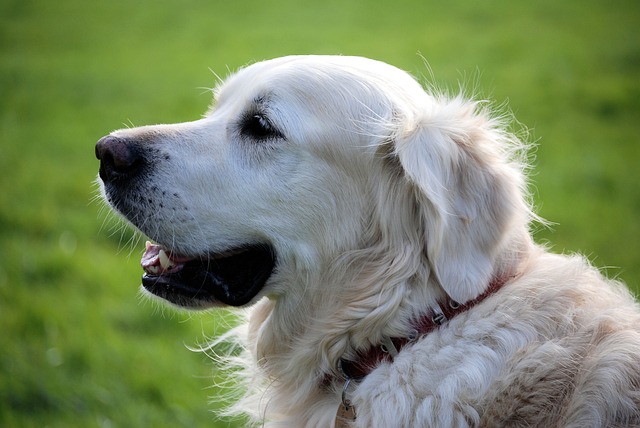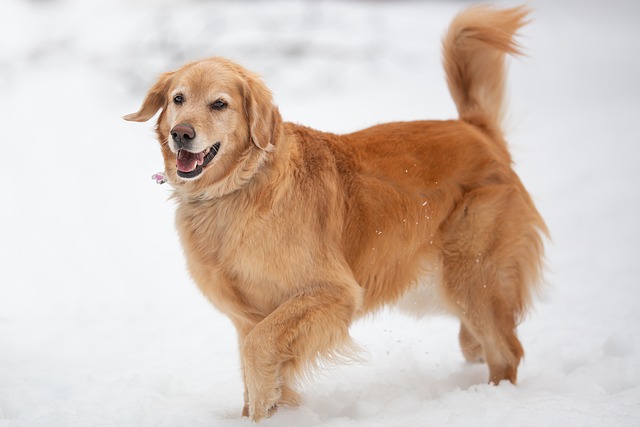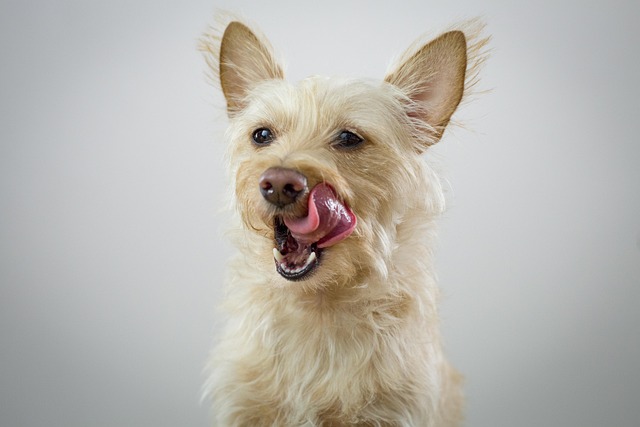
How to train dogs to pee and poop in one place?
Nothing feels more frustrating than finding an unexpected mess on your rug—but teaching your dog to use one specific spot for potty time doesn’t have to be a battle.
There’s a special kind of peace in watching your dog sleep. But beyond being a cute photo opportunity, their sleeping habits can be a powerful window into their emotional state. When a dog is asleep, their guard is completely down, making this the most honest moment to assess the bond you share. A dog that chooses to sleep near you and exhibits certain vulnerable behaviors is silently communicating a deep level of canine trust and bonding that they’ve built with you.
The most telling sign is their chosen location. A dog that doesn’t just sleep in the same room, but specifically seeks out a spot where they are touching you—leaning against your leg, curled up behind your knees, or sleeping with their back to you—is demonstrating profound trust. In the canine world, turning their back means they trust you to watch for dangers, allowing them to fully relax. The ultimate sign, however, is when they roll onto their back, exposing their belly during sleep. This posture leaves their vital organs completely vulnerable, a clear signal that they feel 100% safe in your presence. You might also notice their eyes twitching or paws paddling as they dream; this entry into the REM cycle indicates they are comfortable enough to achieve deep, restorative sleep, not just a light nap where they remain on high alert.

Your response to their sleeping habits is crucial for maintaining this trust. Never startle a sleeping dog, as this can shatter their sense of security and potentially lead to a defensive nip, which is an instinctual reaction, not aggression. If you need to wake them, do so gently by calling their name from a slight distance. This respectful approach aligns perfectly with positive reinforcement principles; you are reinforcing that their state of relaxation is always safe and protected around you. Forcing cuddles or disturbing them for non-essential reasons undermines the very trust you’re observing.
This deep-seated trust cultivated in your home has a direct and positive impact on your community life. A well-rested, emotionally secure dog is typically less prone to anxiety-driven behaviors like excessive barking in your apartment complex or reactivity on the leash during evening walks in the park. This makes it easier to be a considerate neighbor and to consistently follow local leash laws and the universal obligation to always carry and use poop bags on every walk. Furthermore, a dog that trusts you implicitly is far easier to handle for essential wellness checks, making it simpler to keep their rabies vaccination and city licensing up-to-date—a fundamental legal requirement that ensures safety for all.
Ultimately, those quiet moments of watching your dog dream are a testament to the safe haven you’ve created. Their vulnerable sleeping positions are not requests for affection in that moment, but quiet thank-you notes for the consistent care and respect you provide. By honoring their sleep and understanding its language, you’re not just noticing signs of trust; you’re actively nurturing the unbreakable bond that makes you their favorite person.

Nothing feels more frustrating than finding an unexpected mess on your rug—but teaching your dog to use one specific spot for potty time doesn’t have to be a battle.

If you’re a new dog parent in the US—maybe you’re sitting on your California apartment floor, staring at your 9-month-old Shetland Sheepdog, Milo

New dog owners often breathe a sigh of relief when they pick a breed that catches on to potty training quickly—no more scrubbing accidents off hardwood floors or rushing out at 6 a.m. in the rain.

That frantic burst of energy known as the "zoomies" can be amusing, but when your dog is constantly bouncing off the walls, it becomes a real challenge.

Lots of new Golden Retriever owners wonder if potty training their pup is going to be a huge hassle. The short answer? It depends on consistency more than the breed itself.

Watching your dog pant, pace, or whine during a thunderstorm or when you're preparing to leave is heartbreaking. Your first instinct might be to reach for something